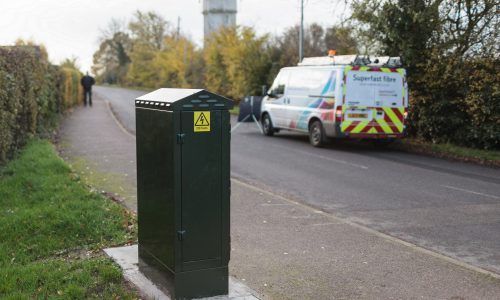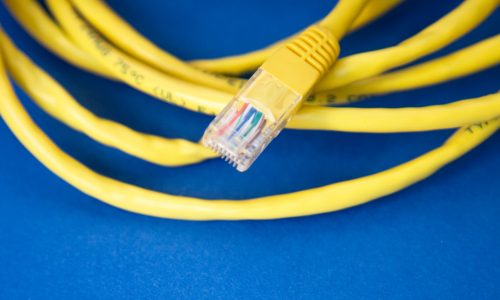ADSL is perfect for small businesses or sole traders looking for an entry-level broadband solution.
Square One Network Bristol’s Best Kept Secret: Exploring Broadband Options
Get ready for a transformation! PSTN lines, including ISDN phone lines for businesses, and older internet connections like ADSL and FTTC broadband are becoming obsolete. Openreach is on track to replace all copper connections by the close of 2025. Embrace the change and look forward to enhanced connectivity!
The above decision/announcement makes the following service/option obsolete.
In the dynamic landscape of modern connectivity, finding the most suitable broadband option can be a pivotal decision for both individuals and businesses. Among the diverse array of choices, ADSL (Asymmetric Digital Subscriber Line) stands out as a popular selection owing to its cost-effectiveness and widespread availability. Delivered through conventional copper telephone lines, ADSL provides an accessible entry point into the digital realm and has proven to be an invaluable tool, particularly in disaster recovery scenarios.
The allure of ADSL lies not only in its affordability but also in its established infrastructure. Leveraging existing copper telephone lines minimises installation hurdles and expedites the setup process. This makes ADSL an attractive proposition for those seeking a quick and budget-friendly internet solution. Moreover, its reliability can be a lifeline during unforeseen emergencies, rendering it an ideal candidate for inclusion in disaster recovery strategies. When other communication channels falter, ADSL can step in as a steadfast link to the virtual world.
Nonetheless, the efficacy of ADSL may wane under certain circumstances. Geographical distance plays a pivotal role; the farther one resides from the exchange box, the more the signal strength attenuates, leading to a potential decline in internet speed and performance. Furthermore, the contemporary digital landscape often demands connectivity that can accommodate multiple users simultaneously. In this regard, ADSL’s inherent limitations in providing equitable bandwidth distribution might render it less suitable.
For those dwelling in remote areas or requiring robust multi-user capabilities, alternative broadband solutions warrant consideration. Fiber-optic technology, such as FTTP (Fiber-to-the-Premises) or EFM (Ethernet in the First Mile), emerges as a compelling option. FTTP offers unparalleled speed and reliability by transmitting data through optical fibers, mitigating the signal degradation associated with copper lines. EFM, on the other hand, employs Ethernet technology to deliver enhanced performance and stability.
In conclusion, while ADSL unquestionably presents itself as a cost-effective and dependable broadband choice, its suitability hinges on specific circumstances. Its role as an accessible disaster recovery asset and budget-friendly entry point to the digital realm cannot be underestimated. However, individuals or businesses situated far from exchange points or necessitating robust multi-user capabilities might find superior alternatives in FTTP or EFM connections. In the pursuit of seamless connectivity, understanding these nuances and tailoring broadband choices accordingly can unlock the full potential of the digital age.





